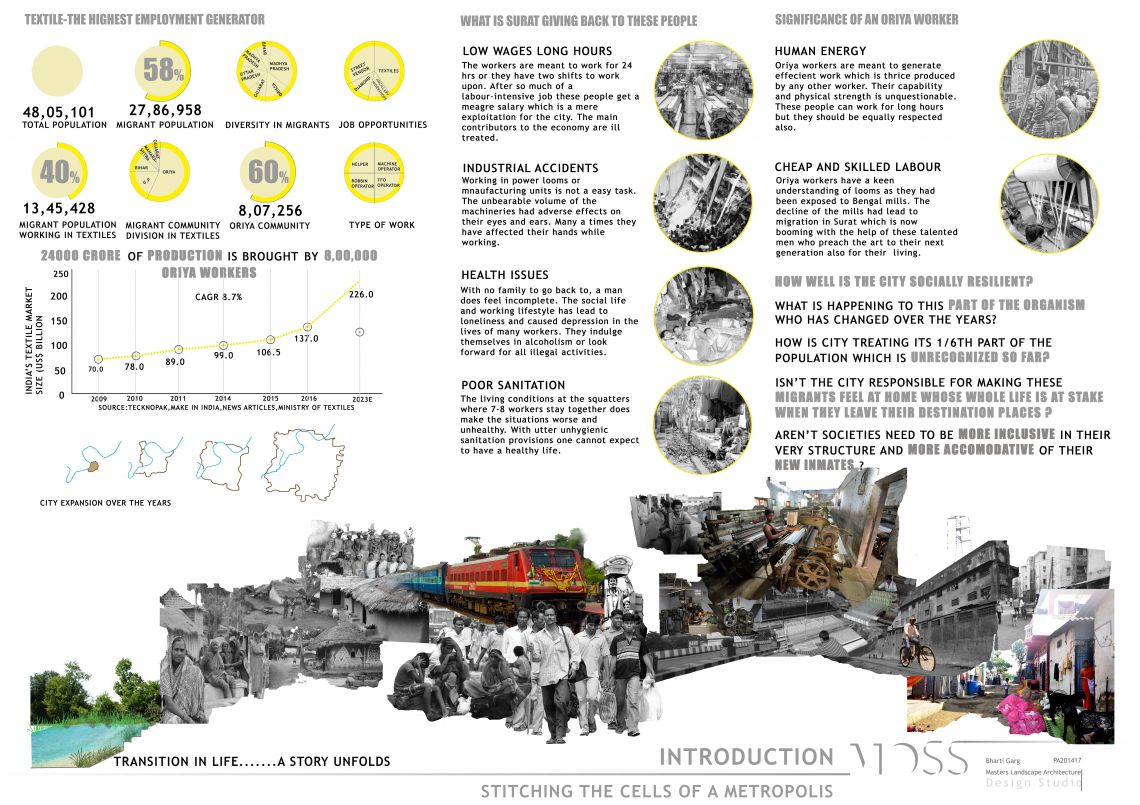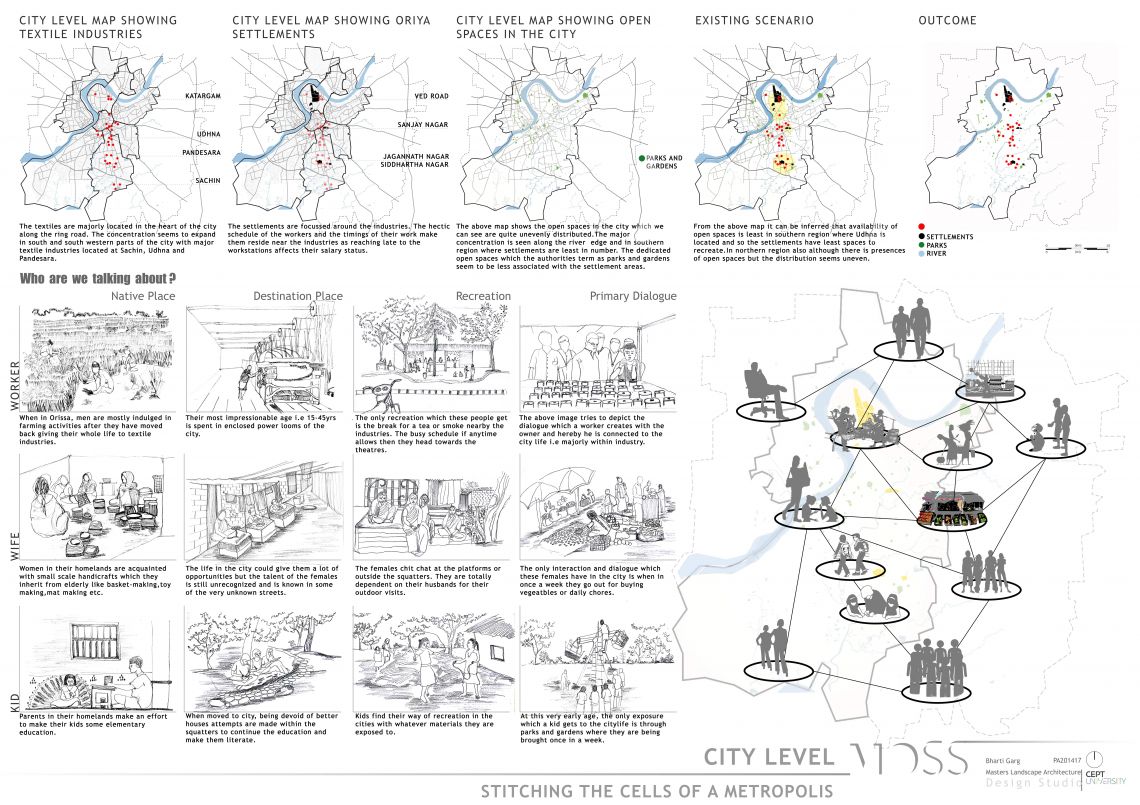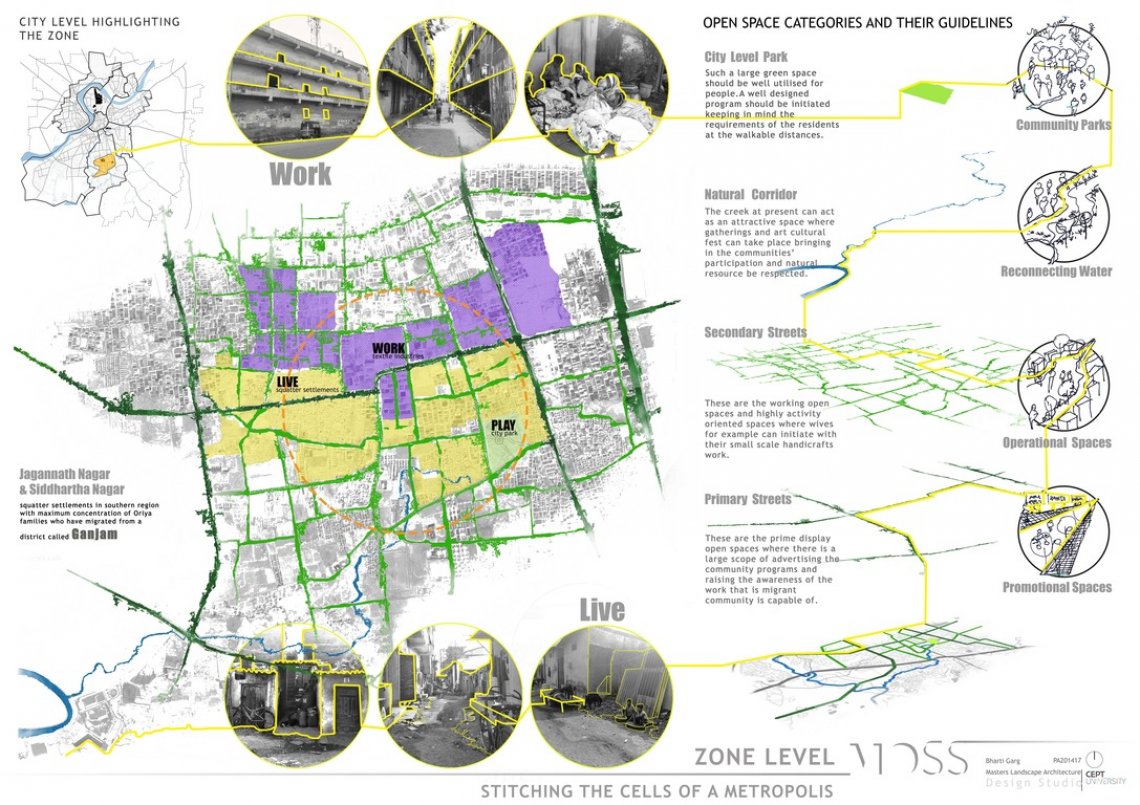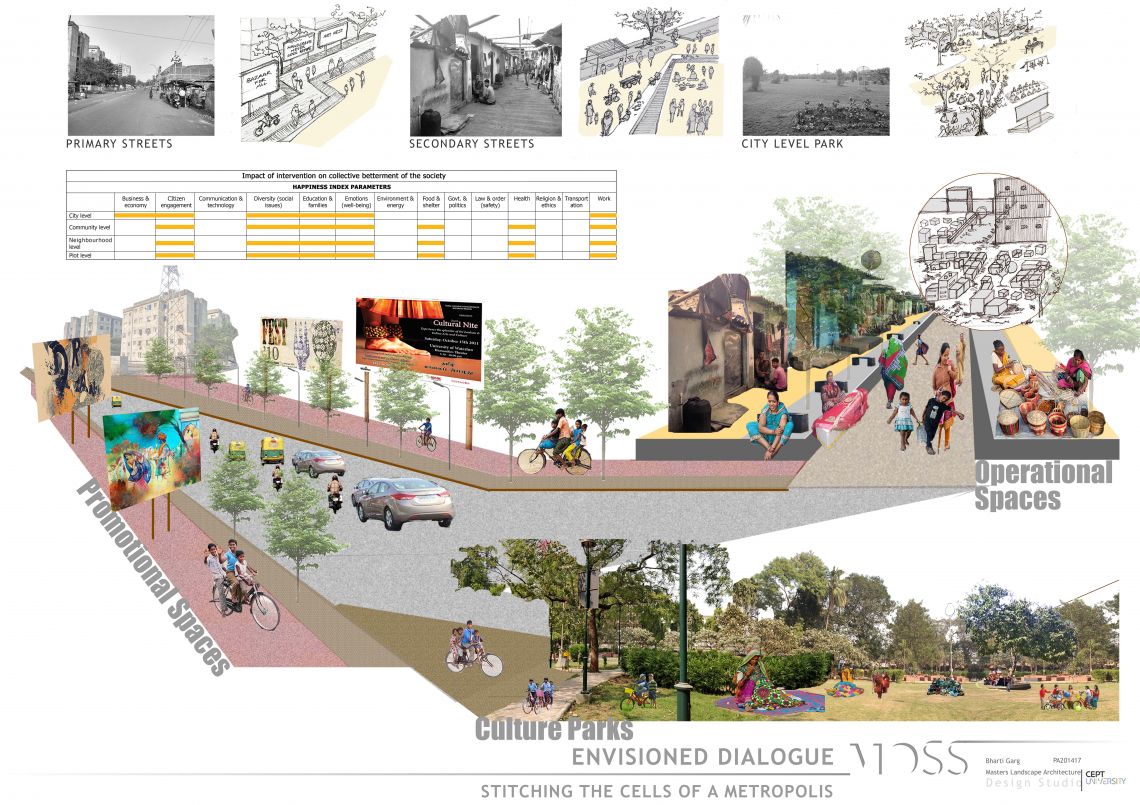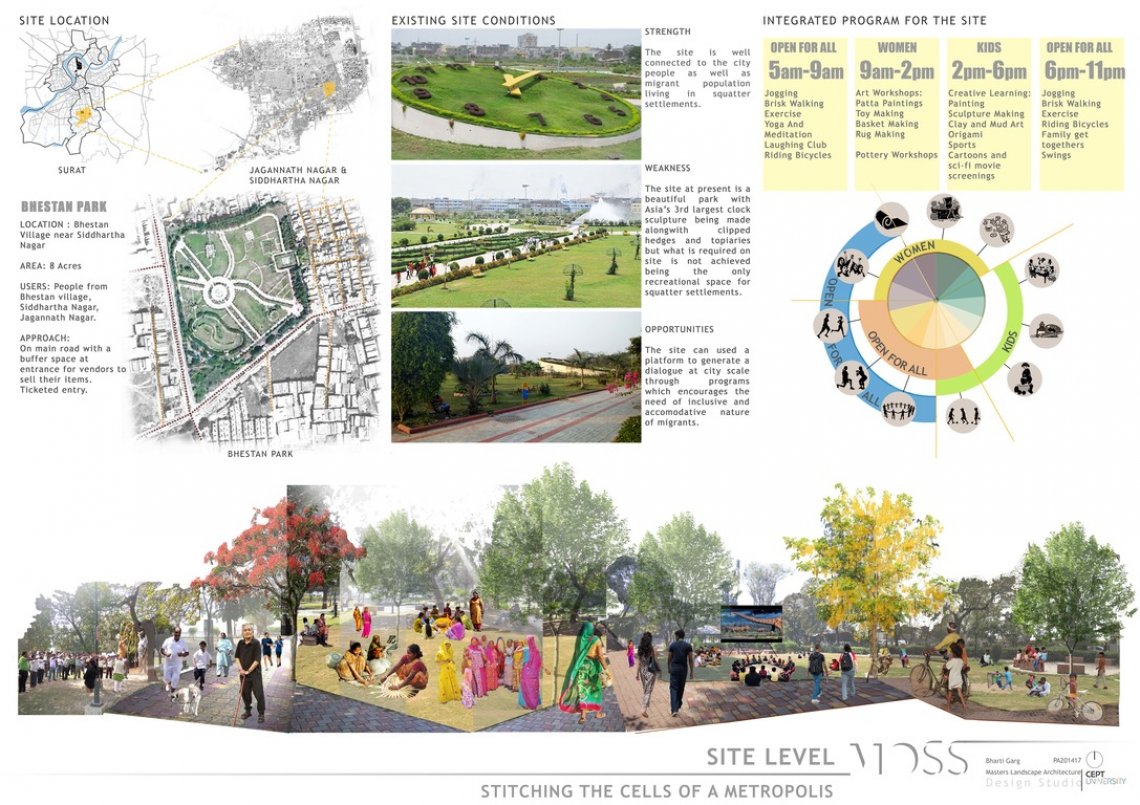Your browser is out-of-date!
For a richer surfing experience on our website, please update your browser. Update my browser now!
For a richer surfing experience on our website, please update your browser. Update my browser now!
A city of four million people, Surat, the bustling urban sprawl in south Gujarat, represents at once India’s economic hopes and urban anxieties – it is estimated that 60 per cent of those living in Surat are migrants or descendants of migrants. About 8,00,000 to 9,00,000 are workers from Orissa, who have come in search of seasonal – or perennial – employment and economic sustenance. Surat has two major industries – textiles and diamonds. The humble Oriya worker is at the base of both these gigantic enterprises, doing the hard, unglamorous work and living a very tough life. Given their poor representation in contemporary development debates despite being their large number in textile hub, it becomes critical to examine the health and well-being of these workers who are not outsiders to the city of Surat. The community doesn’t feel integrated even after several decades of work and living in the city. Their life confines in a container which starts from a factory and ends in a dingy room.
